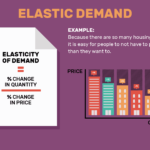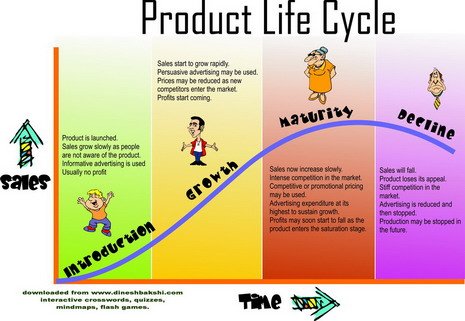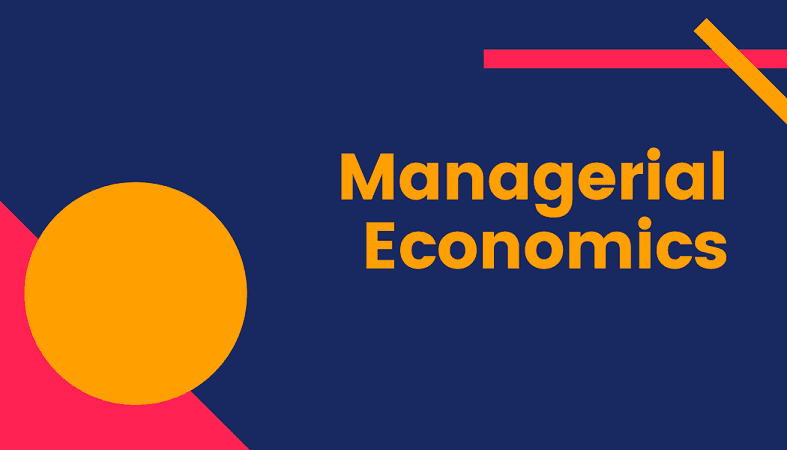Understanding the Product Life Cycle: Stages and Strategic Implications
The concept of the Product Life Cycle (PLC) is a fundamental principle in marketing and product management. It outlines the stages that a product goes through from its introduction to its eventual decline. Understanding the PLC helps businesses make informed decisions about product development, marketing strategies, and resource allocation. This article explores the stages of the Product Life Cycle, their strategic implications, and how businesses can navigate each phase effectively.
Stages of the Product Life Cycle:

- Introduction
Overview: The introduction stage marks the launch of a new product into the market. At this point, the product is newly developed, and consumer awareness is minimal. The focus is on building market presence and educating potential customers about the product.
Characteristics:
- Sales Growth: Sales are typically slow as the product is new and not widely known.
- Marketing Efforts: High levels of marketing and promotion are required to generate awareness and interest.
- Costs: High costs are often associated with product development, marketing, and distribution. Profitability may be low or negative.
- Distribution: Limited distribution channels, as the product is not yet established.
Strategic Actions:
- Promotion: Invest in advertising and promotional activities to create awareness and stimulate demand.
- Distribution: Focus on establishing distribution channels and expanding reach.
- Pricing: Pricing strategies may include penetration pricing (low initial price) to attract customers or skimming pricing (high initial price) to recover development costs quickly.
- Growth
Overview: The growth stage is characterized by increasing sales and market acceptance. As the product gains recognition and consumer demand rises, businesses can experience rapid growth in sales and profitability.
Characteristics:
- Sales Growth: Sales increase significantly as more customers become aware of and purchase the product.
- Market Expansion: Distribution channels expand, and market share grows.
- Profitability: Costs per unit decrease due to economies of scale, leading to improved profitability.
- Competition: Increased competition as other companies enter the market with similar products.
Strategic Actions:
- Enhance Features: Consider improving product features or adding variations to meet evolving customer needs.
- Marketing: Continue investing in marketing to reinforce brand positioning and differentiate from competitors.
- Distribution: Expand distribution networks and explore new markets or segments.
- Maturity
Overview: The maturity stage represents the peak of the product’s life cycle, with stable sales and market saturation. The product is well-established, and competition is intense.
Characteristics:
- Sales: Sales growth slows down, and the market becomes saturated. Sales levels stabilize or may begin to decline.
- Competition: High competition leads to price wars and increased promotional efforts.
- Profitability: Profit margins may decrease due to competitive pricing and increased marketing expenses.
- Product Differentiation: Focus on differentiating the product through features, branding, or customer service.
Strategic Actions:
- Cost Management: Implement cost-control measures to maintain profitability amid competitive pressures.
- Product Innovation: Consider product enhancements or line extensions to rejuvenate interest and extend the product’s life.
- Marketing: Shift focus to customer retention strategies and loyalty programs to sustain market share.
- Decline
Overview: The decline stage occurs when the product experiences a decrease in sales and market interest. This can be due to changes in consumer preferences, technological advancements, or the introduction of superior products.
Characteristics:
- Sales Decline: Sales and market demand decline as the product becomes outdated or less relevant.
- Profitability: Profit margins decrease, and costs may outweigh revenues.
- Market Exit: Companies may consider phasing out the product, discontinuing production, or reducing marketing efforts.
Strategic Actions:
- Evaluate Options: Assess options for managing the decline, such as discontinuation, harvesting (reducing costs while maximizing remaining profits), or finding niche markets.
- Reduce Costs: Implement cost-cutting measures to maintain profitability and extend the product’s life.
- Liquidate Inventory: Offer discounts or promotions to clear remaining inventory and recoup investment.
Strategic Implications:
- Product Development: Understanding the PLC helps businesses plan product development strategies and allocate resources effectively. Businesses can make informed decisions about when to introduce new products, enhance existing ones, or phase out declining products.
- Marketing Strategies: Each stage of the PLC requires different marketing approaches. Businesses must adapt their marketing strategies to match the product’s current stage, focusing on awareness and promotion during introduction, differentiation and expansion during growth, and retention and cost management during maturity and decline.
- Resource Allocation: The PLC framework guides resource allocation decisions, including budgeting for marketing, production, and distribution. Businesses can optimize resource use by aligning it with the product’s lifecycle stage.
- Competitive Strategy: Understanding the PLC helps businesses anticipate competitive challenges and adjust their strategies accordingly. In the growth stage, businesses can focus on building market share, while in the maturity stage, they may need to emphasize differentiation and customer loyalty.
Conclusion:
The Product Life Cycle (PLC) provides valuable insights into the various stages a product goes through from introduction to decline. By understanding the characteristics and strategic implications of each stage, businesses can make informed decisions about product development, marketing, and resource management. Effectively navigating the PLC allows businesses to optimize product performance, maximize profitability, and adapt to changing market conditions.










